The appeal of Ancestry.com may have many of us clicking our way into our family’s past but nothing can match the thrill of discovering its reality and walking the ground that our forefathers did. I say that as a prelude to describing one of the most enjoyable and rewarding tours I’ve led as a guide for British Tours.
My clients were a couple from New England, baby-boomers like me, to whom the post-war years had been relatively generous. Until now, that is. The husband had recently been diagnosed with a degenerative illness so his wife determined to take him back to England, from where his antecedents had come several centuries ago, for a trip of family discovery before such journeys became too stressful for him.
It proved a day of amazing revelations and huge generosity.
I had a few days’ notice beforehand to research into the family’s past. The details I had were that they’d originated in Essex, a county stretching from London’s eastern boundary along the line of the River Thames to England’s North Sea coast. It’s a county that starts in towns made wealthy by their proximity to the mighty financial sector known as the City of London. It then extends eastwards through rich farmland to historic fishing ports along England’s east coast.
Most significant was the fact that my client was distantly related to the Wright brothers, Orville and Wilbur of flying fame. Before any of that the Wrights’ forefathers had been lords of the manor at a grand country estate in the rural heart of Essex known as Kelvedon Hall. This information combined with my own personal knowledge helped create a brilliant itinerary.
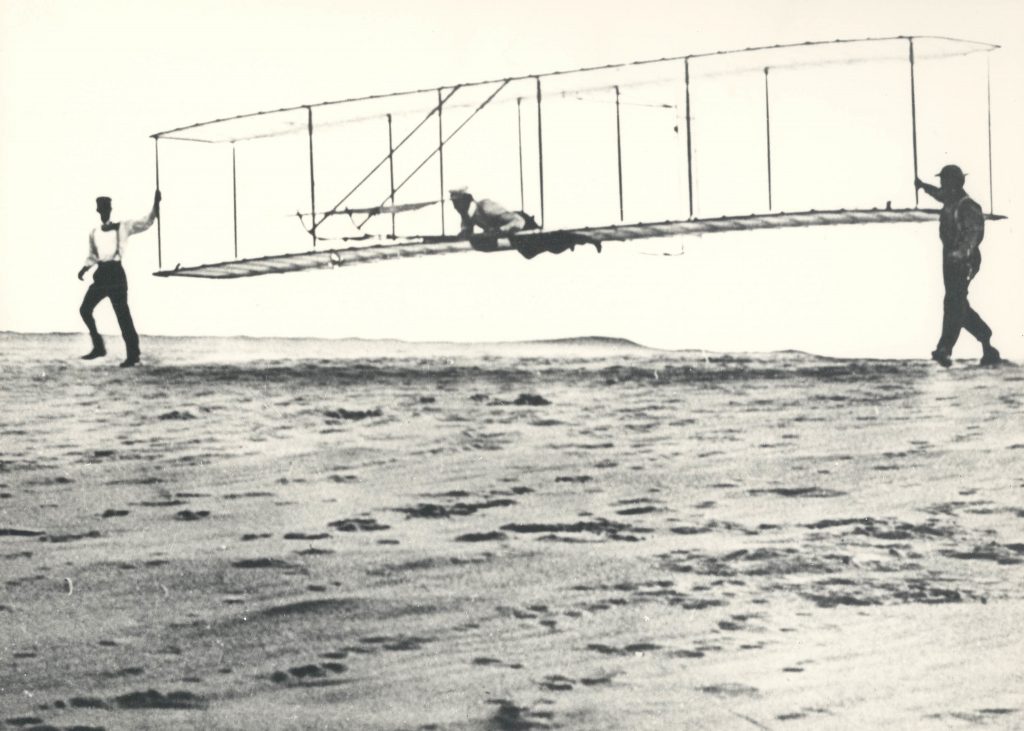
So on the day of the tour we set off from the London hotel eastwards into Essex. The heavens were shining upon us with a perfect sunny day.
Kelvedon Hall lies shielded behind an imposing blank set of gates off a narrow country lane. For my clients this was already more than enough, seeing the beautiful Essex countryside. But, in a previous life, I had been a journalist and had talked (and paid) my way through hostile military roadblocks in countries turned upside down by rebellion not to mention blustering my way across closed borders, so a pair of firmly shut gates in the peace of the English countryside was nothing if not a challenge.
An easy one as it turned out. A knock at the door of the gatehouse was answered and the barrier thrown open once I’d told our story (embellished a little perhaps for the occasion). “Just ring the bell on the inside when you want to exit”, said the obliging gatekeeper, “and I’ll let you out”.
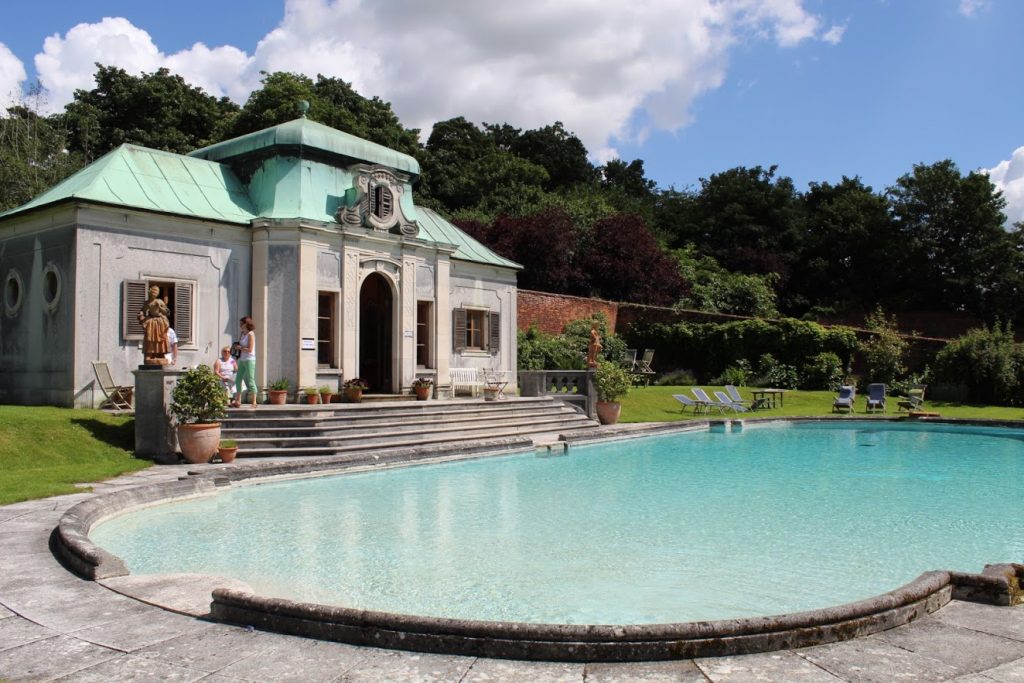
Photo kind permission of Anastasia Alexander
Beyond the gates was a broad vista of farmland, contained within an enclosed valley and the splendour of Kelvedon Hall at the focal point of it all. Although I’d said we’d just take a few photos and leave it was just too tempting not to drive down the mile-long, tree-lined avenue leading to the house. Admittedly the clients were a little apprehensive that we were taking too much of a liberty. Never mind, the house itself fulfils all expectations with its east wing, west wing and splendid, porticoed entrance.
“Well we’ve got this far, why not ring the bell even though the obliging gatekeeper said she thought the family were out”.
The door opened and a slightly over-friendly labrador leapt out and a 20-something young man looked out at us. Far from telling us to clear off we were welcomed in once our story and the Wright Brothers had been mentioned. The family were, indeed, out for the day but our host – a grown up son - was home for a few days from his job in London.
“Come in and take a look around”. Hospitality must have been his middle name because he then decided to give us a detailed tour of the house. Downton Abbey it is not, rather a much loved and lived in family home where we needed to tread carefully over Lego bricks on the floor while admiring an astonishing art collection of Old Masters and modern Brit-art arranged higgledy-piggledy across every wall. After seeing the extensive gardens we drank tea and offered our copious thanks for a truly memorable visit for me and emotion-packed walk for my client through his roots.
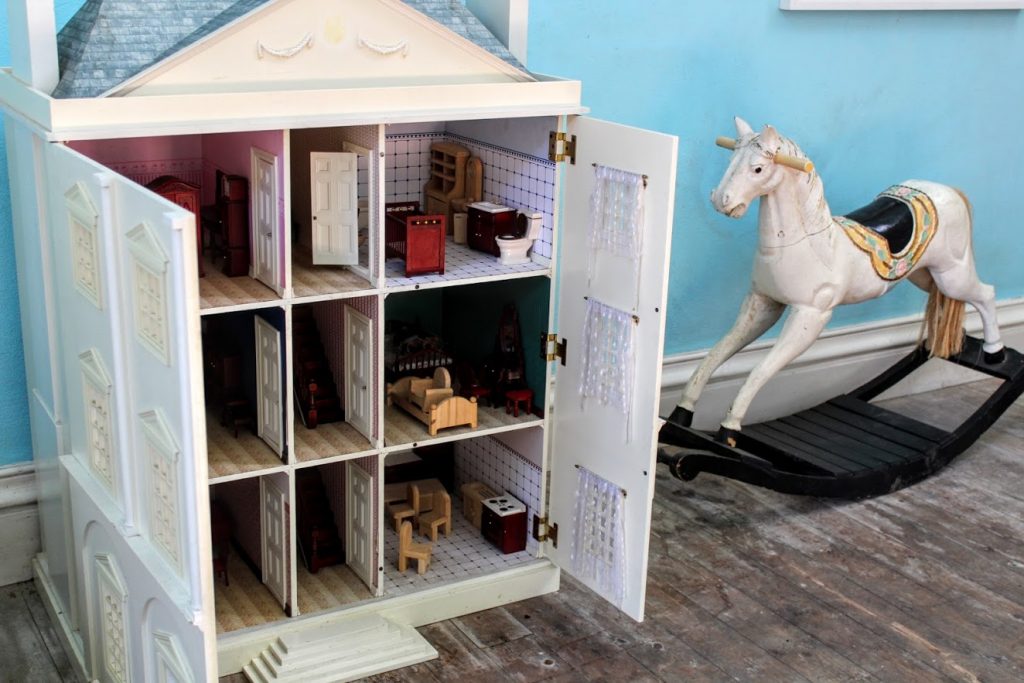
Photo kind permission of Anastasia Alexander
It was, I’m glad to say, a taste of England and English hospitality at its best.
I would end this there but it would seem a shame not to mention the second half of our day which took us into what is possibly one of England’s oddest attractions.
It’s a short drive from the peace and generosity of Kelvedon Hall to the paranoia and darkness of Kelvedon Hatch, a cold war, nuclear bunker dug to act as a shelter for some of the top echelons of British government to survive a post-apocalyptic, nuclear winter on the ground above.
The farmland had been requisitioned in the 1950s for construction of the extensive bunker. It remained strictly secret and invisible on maps until the cold war was deemed to be over at which point its existence was acknowledged and the land returned to its owner.
What do you do with a redundant nuclear bunker? Install tea-rooms and a gift shop at the exit and open it to the public, of course.
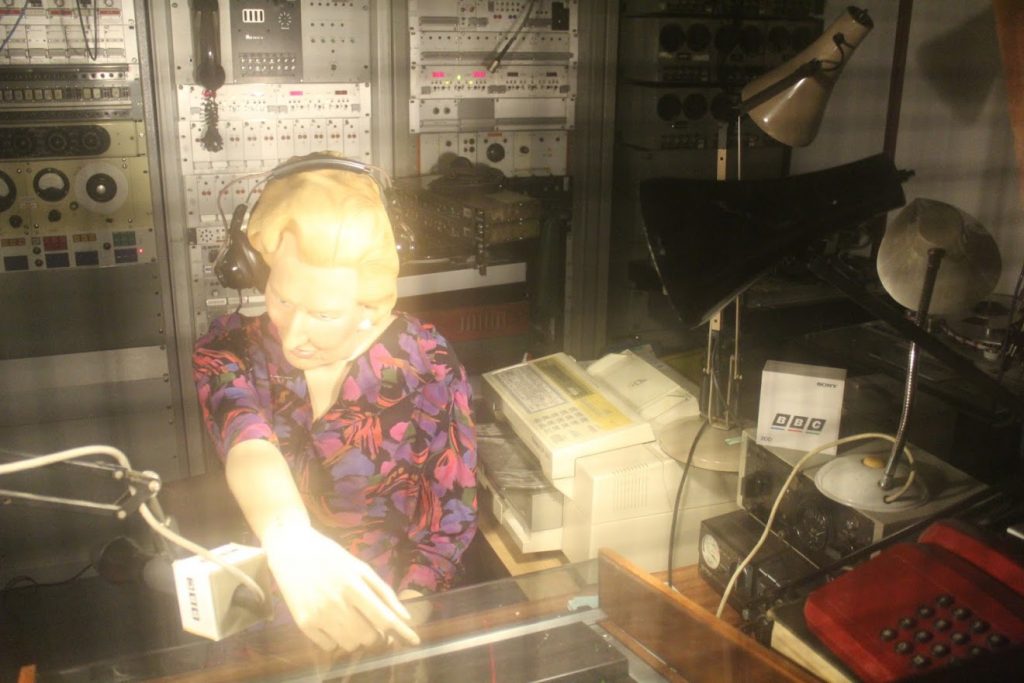
Photo kind permission of Anastasia Alexander
As you walk deeper and deeper into the tunnels and galleries extending deep below Essex fields the true horror of it all becomes dreadfully apparent. Walk through rooms full of abandoned, clunky 1950s communications equipment into a make-shift hospital then through to air-filtration and power-generating gear fuelled by stores of months’ worth of diesel.
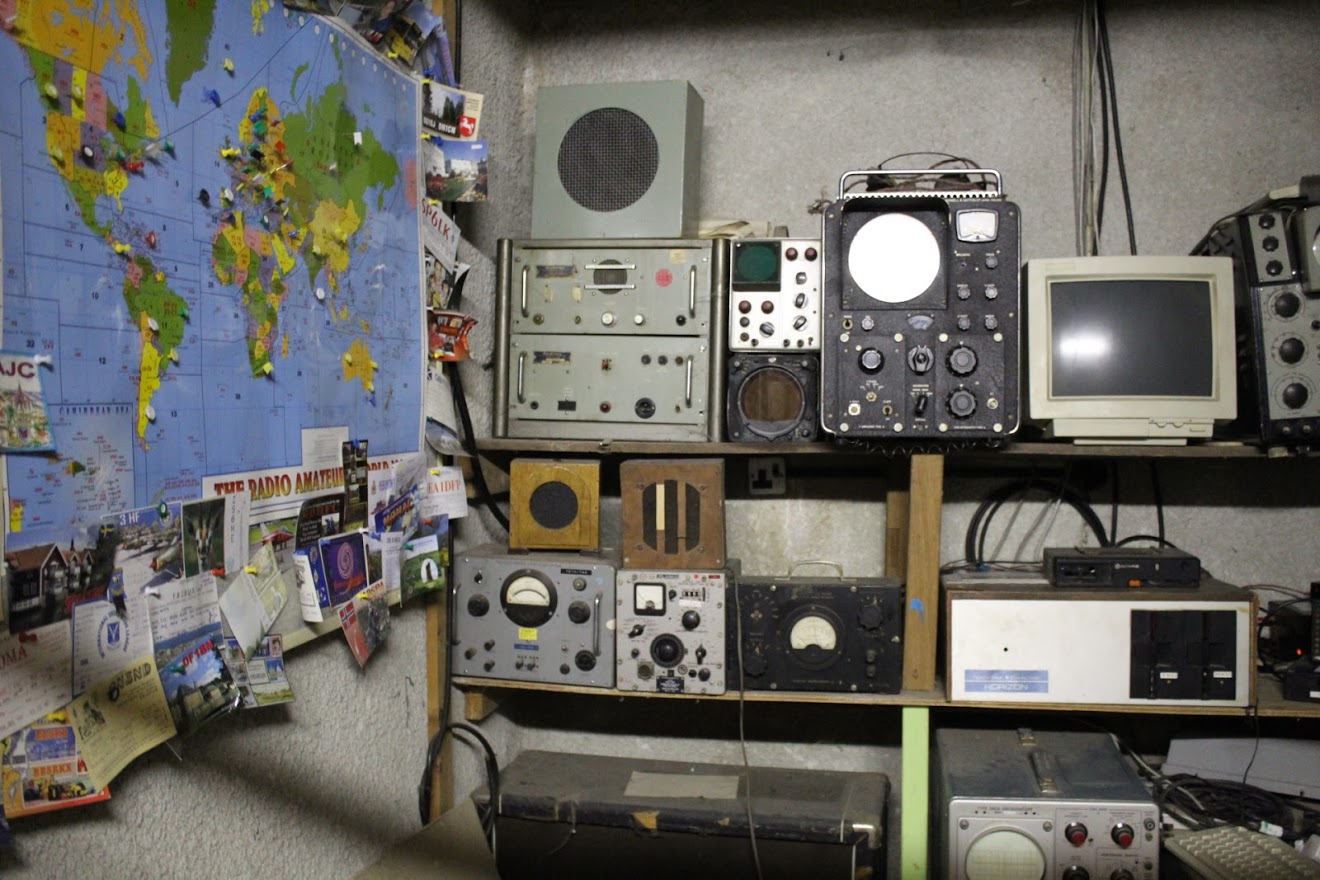
Photo kind permission of Anastasia Alexander
It’s a trip into the world of “Dr Strangelove”, an iconic, black comedy film of the 1960s subtitled “How I learned to love the bomb”. You get the idea.
Thank god for the tea-room we retreated to at the end of a day that I, as the guide, and my clients, I think, will remember for a long time.
Go on the trail of your own ancestors on a privately guided ancestry tour with your expert British Tours Ltd Tour Guide. Contact our dedicated Tour Planning Team for more information.
Post by Richard, British Tours Ltd Tour Guide
Thanks to Anastasia Alexander for Kelvedon photos from the Willow Byre Blog
